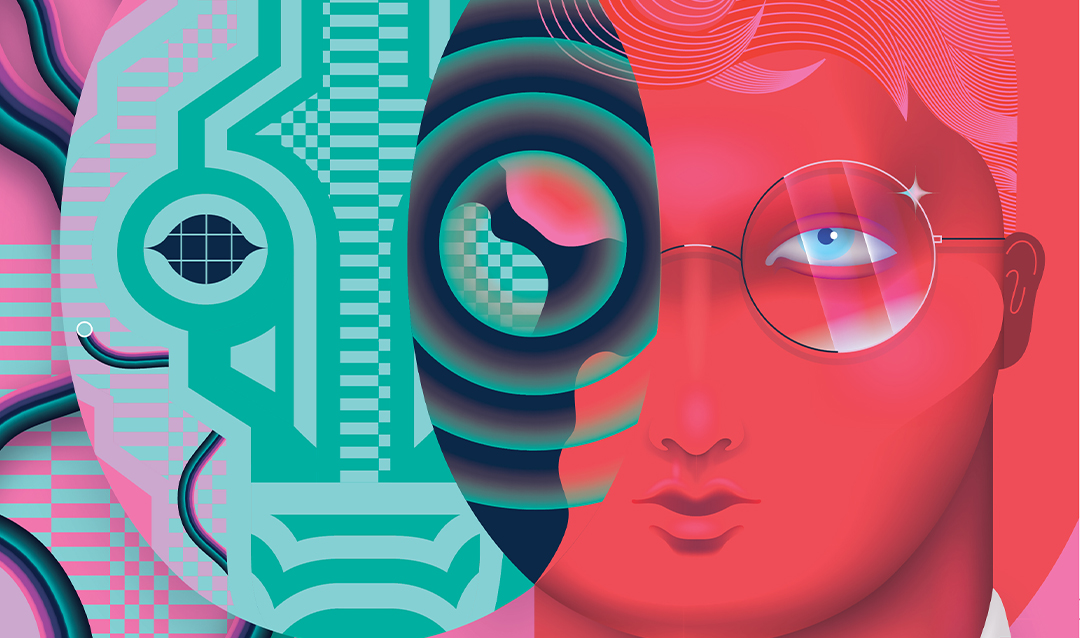The struggles of the American middle class today are innumerable, from stagnant incomes and falling employment numbers to soaring costs for education and declining opportunity for their children. But among all of the challenges faced by the fast-fading middle class, perhaps none looms larger—or more forebodingly—than the unfettered advance of technology.
For decades now, workers have stood by as automation and technology have replaced them. By some estimates, the United States has lost more than 5 million manufacturing jobs since 2000 alone, and as technology races forward, those losses are projected to grow even more dramatic; one recent report predicted that automation will replace a total of 20 million manufacturing jobs worldwide by 2030, slashing the global manufacturing workforce by 8.5 percent—even as manufacturing companies grow more efficient and more profitable.
Until this point, it has been mostly low-skilled workers—assembly line workers or clerical staff, for example—who have taken the brunt of this technological beating, creating a sense of relative security among more skilled and more highly educated workers; the perception has long been that a college degree and a white-collar job provide insurance against tech-related job loss.
According to David Zhang, however, that may not be the case much longer. Continue reading.


